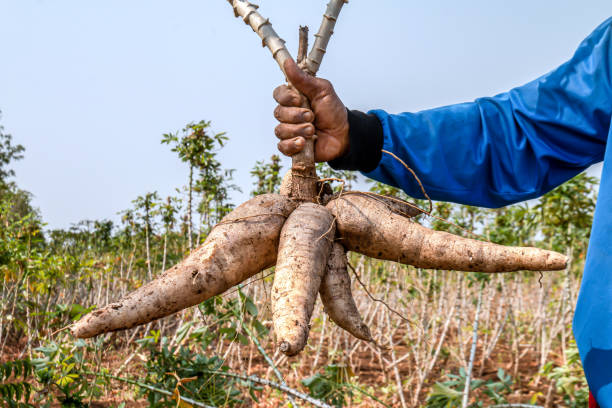As the world continues to navigate the complexities of climate change, global temperature is not cooling down anytime soon and its effects are continuously being felt every day in different parts of the world. There are more frequent natural disasters; wildfires, tsunamis, and increased floods. One notable of these climate effects is the El Nino phenomenon in the Pacific which is as unpredictable as it is very consequential.
El Niño is characterized by unusual warming of the ocean temperatures in the equatorial Pacific which triggers a chain reaction of atmospheric changes. Although El Nino originates from the Pacific Ocean, its effects are far-reaching and felt across continents; South America, South East Asia, and Southern Africa. El Nino results in erratic changes in weather patterns, including droughts, floods, and storms in various parts of the world.
In Africa, El Niño effects are more pronounced due to the continent’s reliance on rainfall for agricultural activity, and the ecological vulnerability to climate extremes. These influence the agricultural productivity of the continent thereby affecting greatly the food security of the continent.
Agriculture is the most employer of labour accounting for 41 percent of the labour force in the continent. The sector also accounts for 14 percent of GDP in sub-Saharan Africa making the sector a pivotal sector to the continent.
This highlights the continent’s need for consistent rainfall and weather conditions for the cultivation of crops and livestock farming and why El Nino-induced weather anomalies threaten the lives of people within the continent. Although the adverse effects of El Nino are very well documented and made public, the effects in Africa are mostly overlooked and given little attention.
Some African countries, especially Southern and Eastern Africa, are already suffering food shortages brought about by drought and below-average rainfalls. When combining the effects of El Nino, the food production rate is sure to reduce even further. In 2016, El Nino brought about severe drought in parts of Ethiopia, Somalia, and Kenya, worsening food insecurity and necessitating humanitarian aid interventions. This year, the United Nations Office for the Coordination of Humanitarian Affairs (UNOCHA) has warned of the driest mid-season spell in over 100 years, brought about by El Niño to affect large parts of Southern Africa.
The climate phenomenon will impact various regions of Africa disparately. While some parts will experience increased rainfall, contrasting with drier conditions in Southern Africa, West Africa specifically anticipates heightened precipitation and subsequent flooding. These floods pose significant risks, not only destroying crops but also damaging critical infrastructure such as roads, bridges, homes, and supply routes, exacerbating food shortages and malnutrition among the population. Nigeria, for instance, is already grappling with these challenges, compounded by outbreaks of diseases like cholera.
Despite Africa contributing only 3.9 percent of global carbon dioxide (CO2) emissions from fossil fuels and industry, it suffers disproportionately from climate change impacts. As international discussions on climate change continue, African leaders must proactively address these challenges posed by phenomena such as El Niño. This necessitates a comprehensive approach encompassing disaster preparedness, climate-resilient agriculture, and sustainable development practices to mitigate and adapt to the effects of climate change effectively.
Leaders and Heads of state in Africa need to apply meteorological services and research for better warning and detection of changes in the atmosphere. Climate-friendly technology and infrastructure need to be adopted to help communities prepare for extreme weather and reduce the effects of climate change. These technologies and infrastructure will not only help the locals prevent the effects of the change in weather and climatic factors but also help them navigate the effects of the weather events in the advent of their occurrence.
Emphasis needs to be placed on the need for crop diversification and the cultivation of more climate-resistant crop varieties to enhance the resilience of crops in light of extreme weather events. Better and climate-friendly agricultural practices need to be encouraged among local farmers, and climate-friendly technology needs to be emphasized among farmers to not only improve the production process but also improve the yields of farmers.
El Nino has become more frequent and intense in the last 10 years and it has been projected to increase even more in the coming years as such there is need for proactive measures from African leaders to safeguard Africa’s food security. African nations should promote sustainable practices and invest in adaptive strategies to foster resilience to mitigate the adverse effects of El Nino. Addressing these challenges is essential to protecting vulnerable communities and recover from the disruptions caused by this climatic phenomenon.


